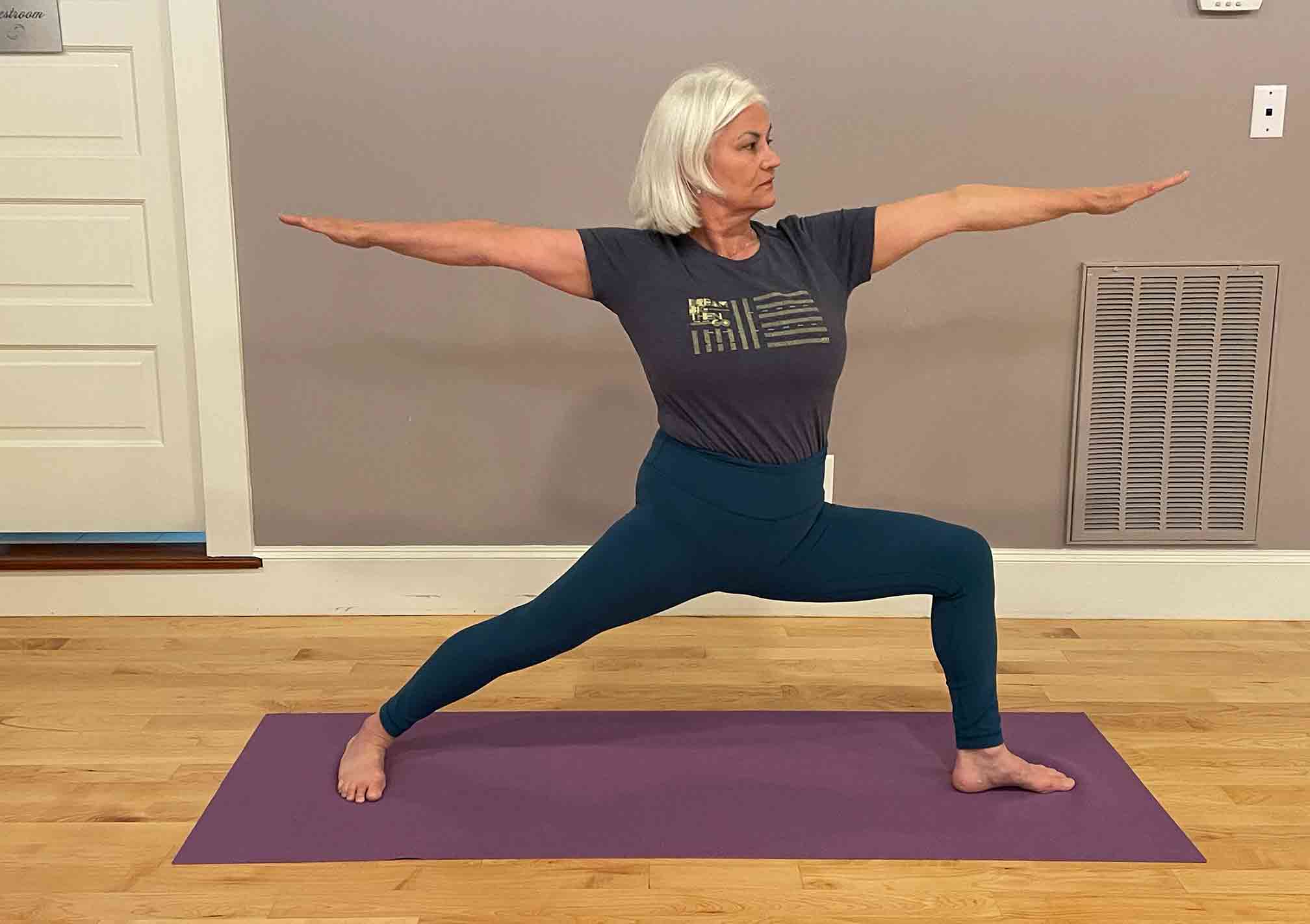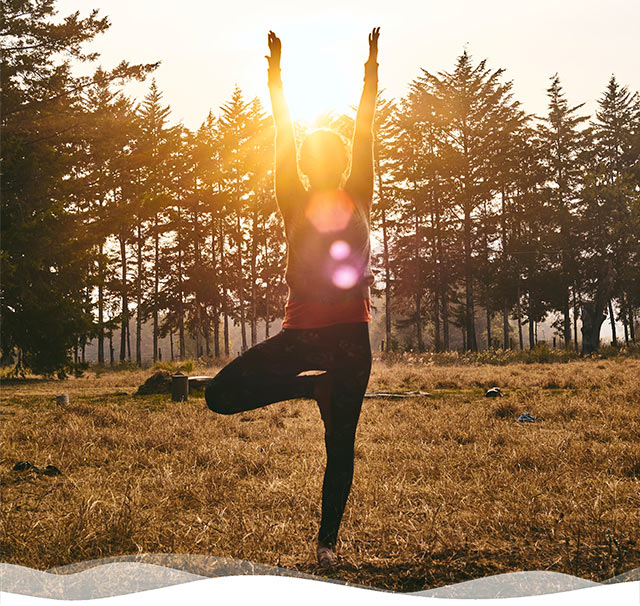
Pauline Schloesser, Ph.D., Certified Iyengar Yoga Teacher, IAYT Yoga Therapist
I really enjoyed reading the reponses to the survey questions and practice check-ins. There were two main questions. One asked respondents how they felt immediately after their practice. People reported feeling “virtuous,” “proud,” “triumphant,” “physically energized,” “emotionally balanced,” “like I had a workout,” “grounded,” “relaxed,” “calm,” “grateful,” “rejuvenated,” “revitalized,” “restored,” “refocused,” “happy,” “centered,” “not as anxious,” and “good” after having done their practice.
What makes these postures cooling is that they are all forward bends! As a teacher, when I see that my students are getting red in the face, gasping for breath, or sweating profusely, I will add in a cooling posture and decrease the number of heating postures- like backbends or standing postures with twists. When one becomes masterful in asana, it is possible to do even the heating asanas without sweat or overheating.
The second question was about learning. Yoga Sutra II.28 says,

“By dedicated practice of the eight limbs of yoga, impurities are destroyed, and the crown of wisdom radiates in glory.”

Here’s what people learned.
- It’s hard to breathe in Backbends and Chaturanga Dandasana
- Weaknesses in the body were discovered, as well as ways of working on those weaknesses.
- It is possible to practice outside of class, without a teacher present.
- The teacher’s voice and instructions can be heard internally while practicing alone.
- It can be a clumsy process in the beginning, having to look up asanas all the time, then go to the practice then go to the book.
- Practicing a sequence with a friend can be very beneficial and fun
- It’s more of a challenge to quieten and focus the mind when practicing at home as compared to taking a class
- Even if the environment is not ideal (noisy, disruptive) you can still get a benefit by doing the practice.
- The body feels good but not as good as after taking a class
- Practicing the same sequence a second time gives better results
- Studying and writing the sequence down, having a break, then doing the practice later makes the whole endeavor less overwhelming.
- Time to do the sequence was underestimated.
Let me say first that we never expect raw beginners to be able to focus on the breath. The first thing we teach in Iyengar Yoga is “normal” breathing whilst doing the asanas. Of course, it is harder to breathe in some asanas than in others! This is part of the knowledge that we acquire by regular practice. So after we know the asanas a bit, we can make a note of how the breath is unique to each asana.
In general, backbends get the heart racing, breath shorter, mind more “rajasic,” or active. The use of props can greatly mitigate problems of overheating in back bending; and also make a study of the breath possible. Some postures, like Chaturanga Dandasana, will always involve some kind of retention of the breath, at least for short periods. Now perhaps you will understand why we take restorative asanas when we are first learning breath regulation, the precursor to pranayama.
If you discovered that it was not possible to and focus on the breath because your mental energy was completely taken by physical alignment and actions, hurrah for you! This is characteristic of the neophyte condition. Recognizing it takes you a step beyond just being caught up in monkey mind. I think all serious practitioners of yoga can remember those days of not being able to breathe comfortably or focus. Great observation! The good news is that this will change with continued practice.
A similar comment can be made about the “clumsiness” of having to refer to the book and see the asana and read the instructions. This is the condition of the neophyte, which will change with regular class attendance and continued home practice. All students of yoga have to go through this process; in the Iyengar community we refer back to the books even when we are masterful, because Guruji’s wisdom is really unsurpassed. As Prashant Iyengar has said, “we are all just fashioning the alphabet on a slate in the beginning.” It is a long, long journey and the vast majority of us have to put in clumsy efforts in the beginning. The point is you made a start. Congratulations!
Practicing with a friend can also be helpful if we have feelings of clumsiness, uncertainty, or even if we lack adult friendship time and need community. A friend can help with her eyes, her memory, and even with manual adjustments, if she is knowledgeable. Having a friend to practice with can help motivate us when the task feels overwhelming on our own.
Now why is it that we feel good after our own practice but not quite as good as when we’ve taken a class?
This is because the teacher provides knowledge, courage, and motivation that we lack. For example, the teacher’s experience, insight, and keen eye may manifest in a correction for better alignment. This correction unveils a habit that you have to break! And breaking bodily and mental habits takes more effort than we’re used to. Or your teacher is having you hold the pose longer than you do on your own; or your teacher’s shakti (power) gives you the courage to try something new, or something that causes you fear. All of these aspects of the teacher intensify the practice and lead to greater fruits.
If you become really devoted to practice–if you become an intense practitioner—one day you will get a better practice by yourself than with any teacher. It’s not that you don’t learn from your teacher. I still have a mentor and other wise teachers whose classes are extremely educational. But, once you master basic alignment, are able to penetrate with the mind; and you make the time for regular uninterrupted practice, you become your own best teacher. No external teacher can really give you exactly what you need. It is then that the “Guru within” comes forth, providing ideas for practice, experimentation, observations and wisdom.
I want to thank all of you who participated in the Spring Virtual Retreat. I am hoping to create another, longer virtual retreat for early Summer.





